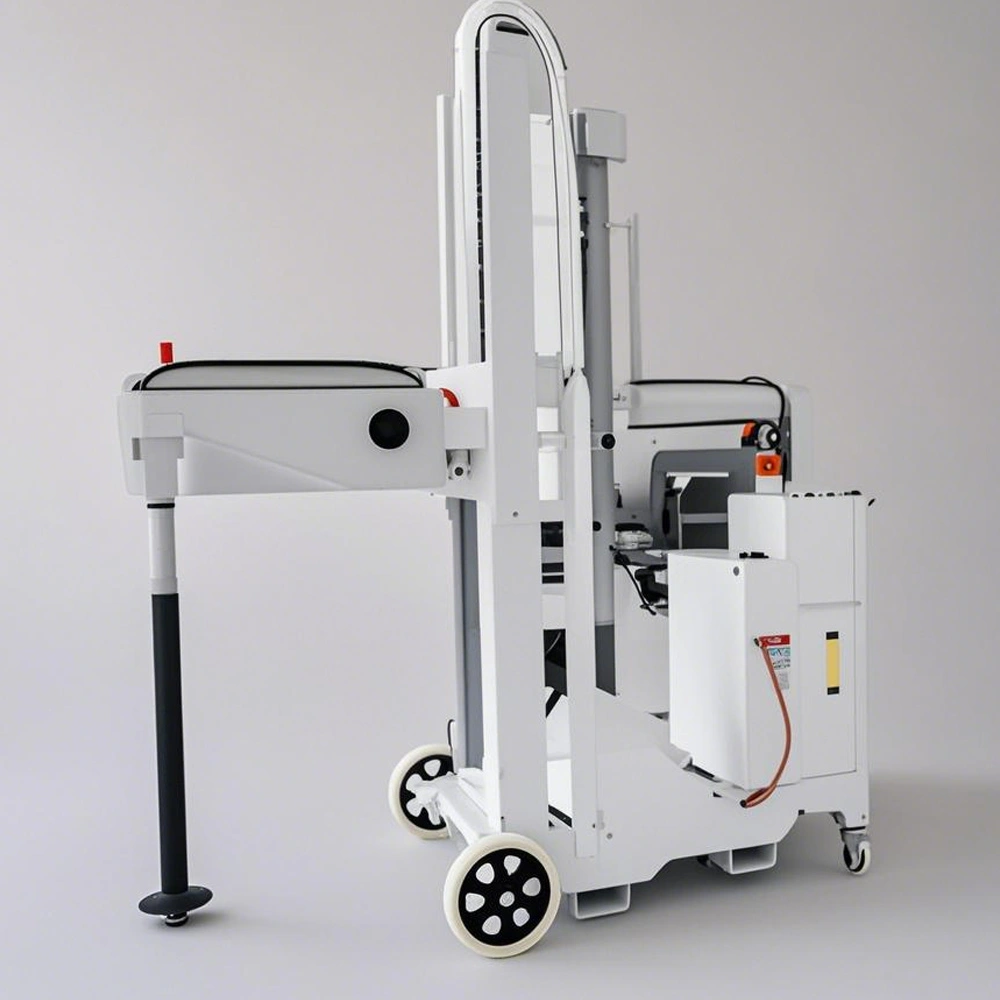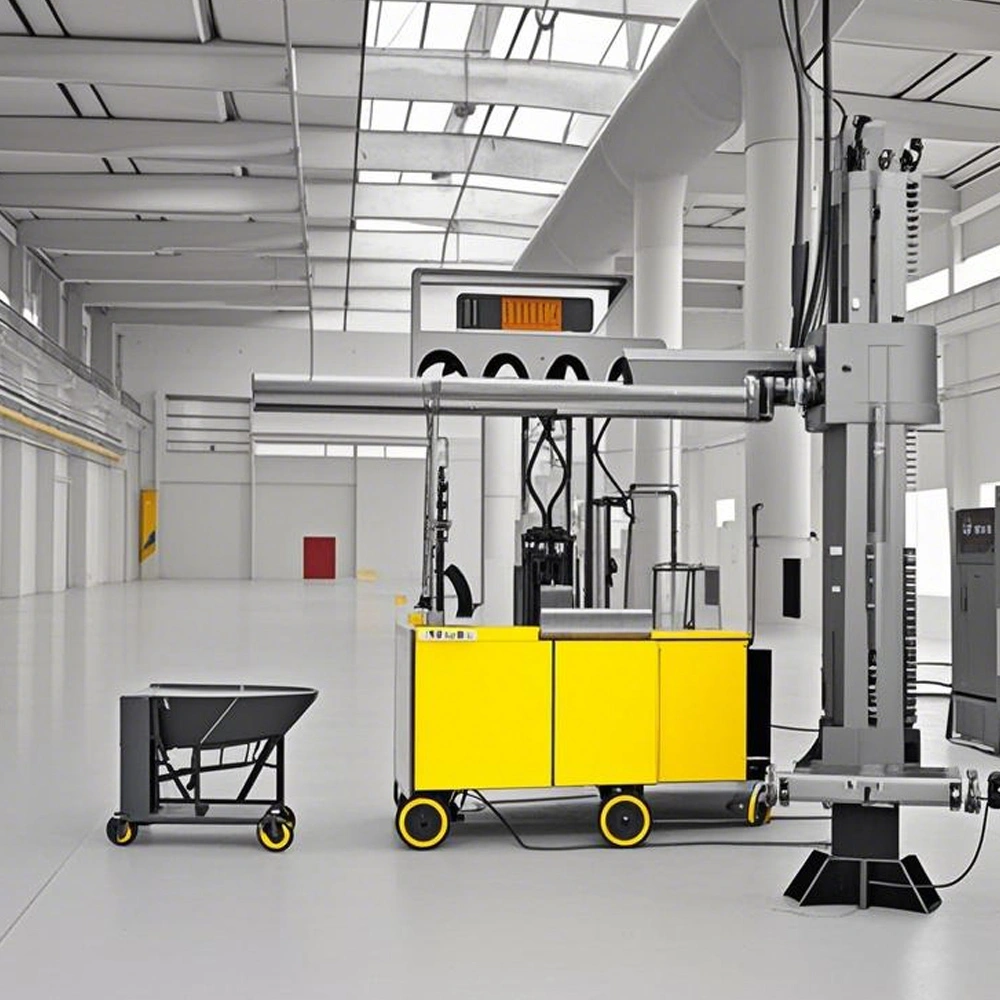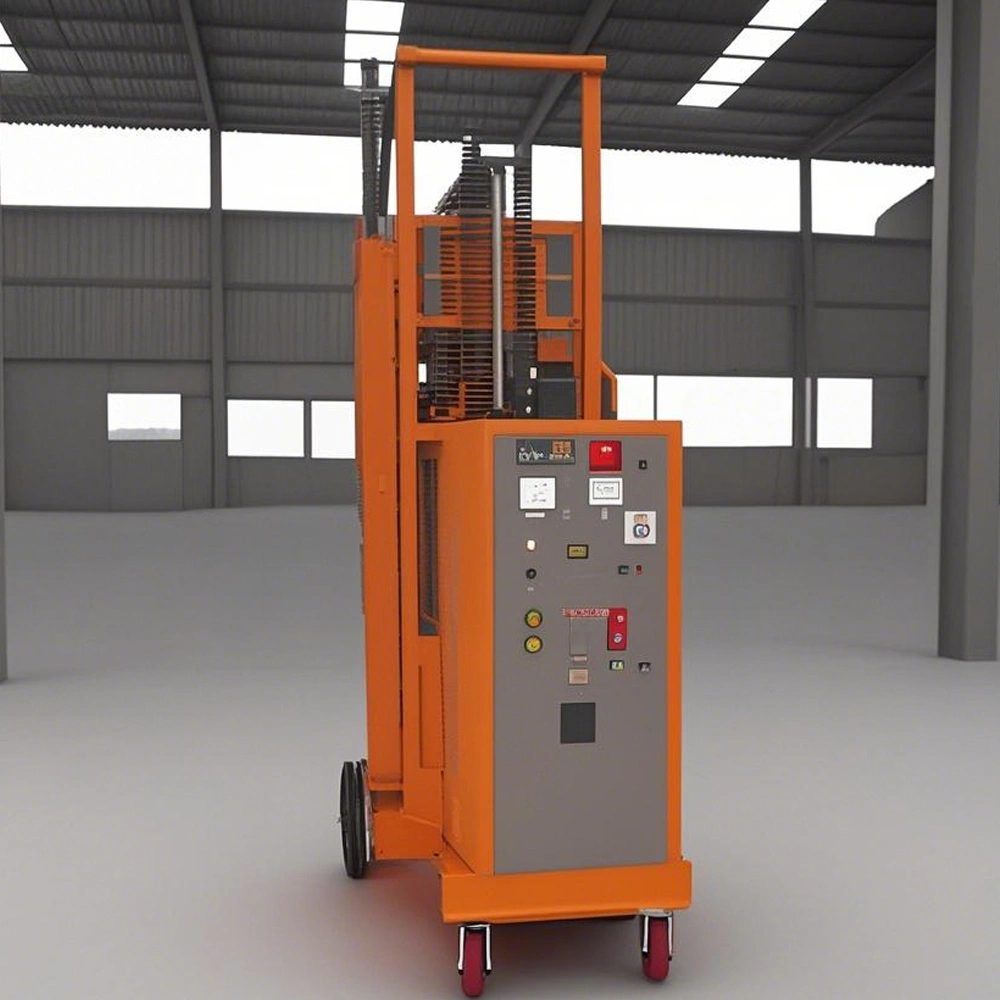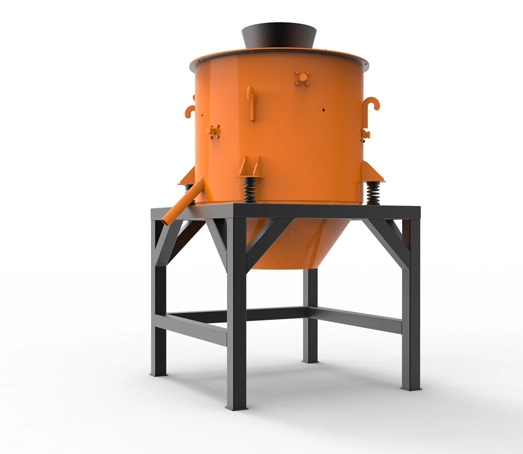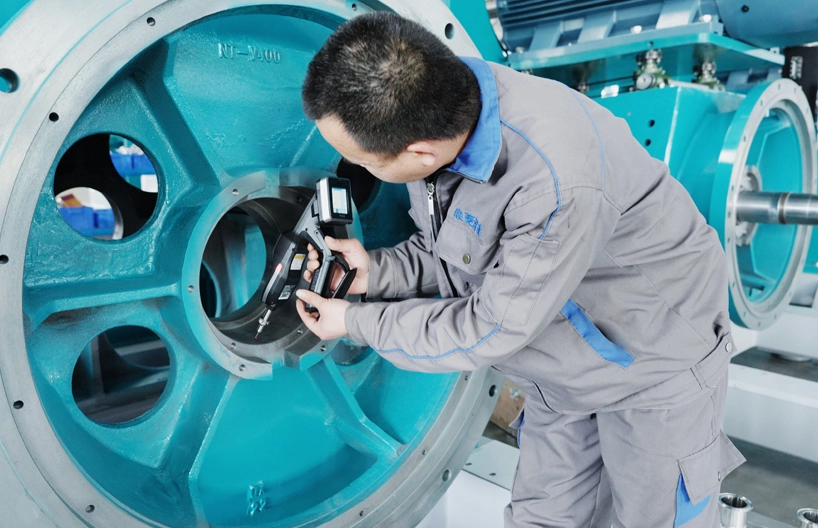Advantages of Aluminum Liquid Degassing Machine
1. Efficient degassing technology
Rotary impeller design: Through high-speed rotating graphite or ceramic impeller, the inert gas (argon, nitrogen) is broken into tiny bubbles, greatly increasing the gas-liquid contact area, and the degassing efficiency is increased by 30%-50% compared with the traditional method.
Deep purification capacity: Hydrogen content of liquid aluminum can be reduced to less than 0.15ml/100g (industry standard is usually 0.2-0.3ml/100g) to meet the stringent requirements of high-end castings.
2. Intelligent automation control
Precise parameter control: Equipped with PLC control system, real-time monitoring and adjustment of gas flow, impeller speed, processing time and other parameters to ensure process stability.
3. Energy saving and environmental protection design
Low energy operation: compared with the chemical degassing method, the power consumption is reduced by more than 40%, and no chemical agents are consumed.
Zero pollution emission: inert gas recycling, non-toxic gas release.
4. Durability and reliability
High temperature resistant materials: The impeller and pipe are made of graphite, silicon carbide and other corrosion resistant materials, which can withstand high temperature above 1000℃ and have a service life of more than 500 hours.
5. Flexibility and adaptability
6. Safety protection system
Multiple safety protection: overload protection, high temperature alarm, emergency braking and other functions to ensure safe operation.
Anti-splash design: Sealed treatment chamber and diversion device reduce the risk of aluminum splash.
7. Significant cost effectiveness
Low maintenance cost: the annual maintenance cost is only 1/3 of the traditional equipment, and reduces the energy waste caused by the waste remelting.
Rapid recovery of investment: By increasing the yield rate (usually 15%-25%), the payback period of equipment investment can be reduced to 6-12 months.
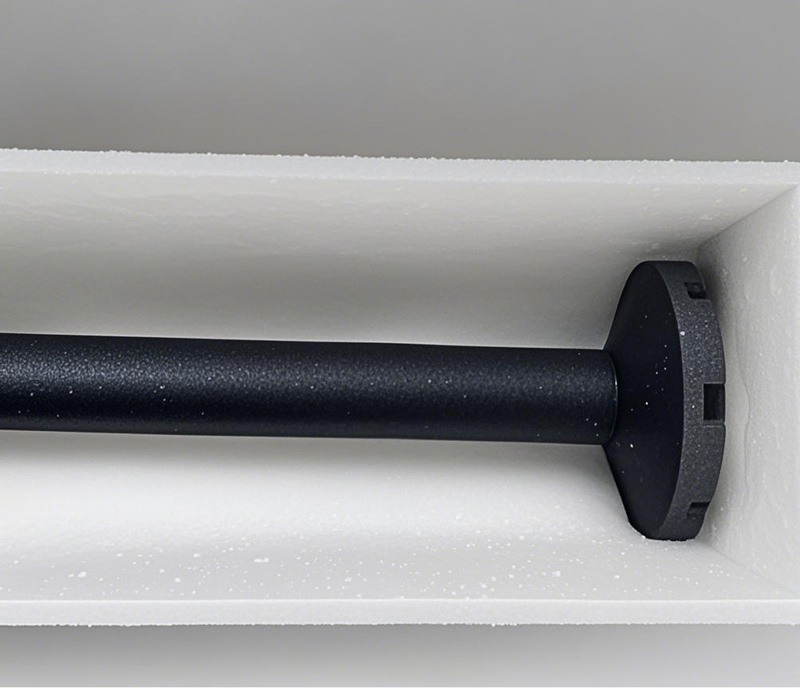
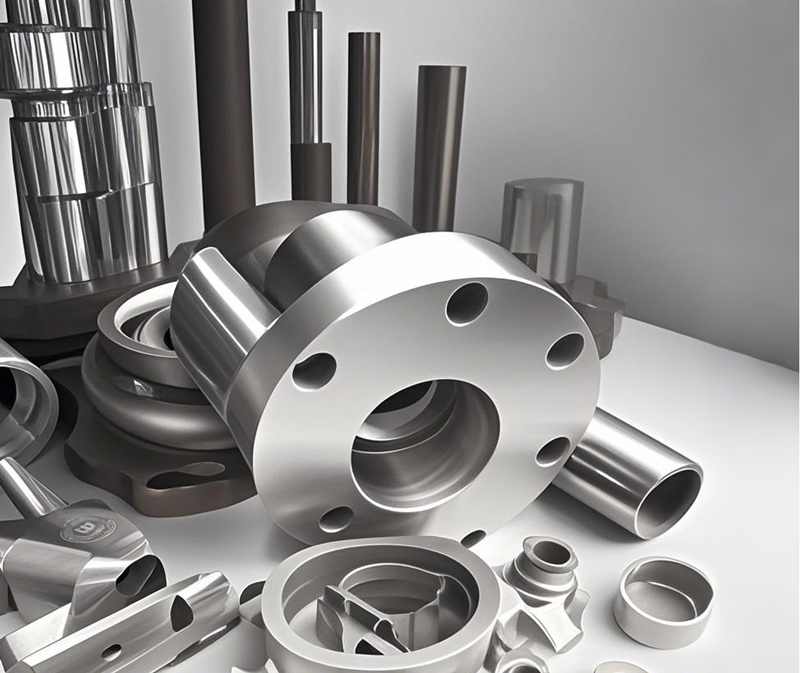
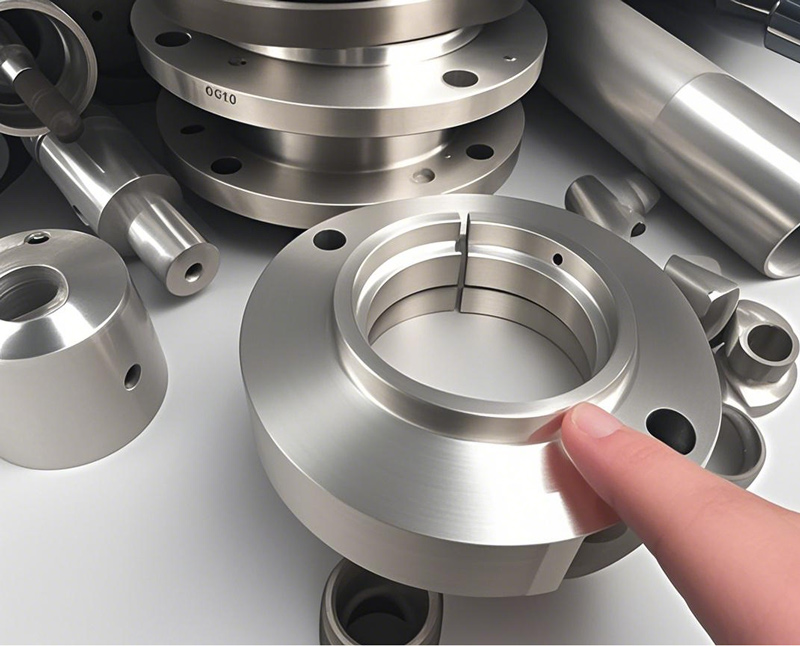
Applications of Aluminum Liquid Degassing Machine
1. Automobile manufacturing industry
Application scenario: Aluminum alloy wheel hub, engine block, cylinder head, transmission housing, steering knuckle and other key components.
2. Aerospace
Application scenarios: aircraft structural parts (such as wing frames, landing gear), engine blades, spacecraft parts.
3. High-end casting industry
Application scenario: precision casting parts (such as pump body, valve, hydraulic parts), art castings.
4. Electronics and electrical industry
Application scenario: radiator, motor shell, electronic component packaging materials.
5. Construction and decoration industry
Application scenario: Aluminum doors and Windows, curtain wall frames, decorative profiles.
6. Packaging and daily necessities industry
Application scenarios: cans, food containers, aluminum foil products.
7. Marine and Ocean Engineering
Application scenarios: Marine engine parts, propellers, sea water corrosion resistant castings.
8. Military and defence industries
Application scenarios: weapon lightweight components, armor materials, missile shells.
9. Field of recycled aluminum recycling
Application scenario: waste aluminum smelting and purification.
10. Research and education
Application scenario: university laboratory, material research institution.

 English
English 日本語
日本語 한국어
한국어 français
français tiếng việt
tiếng việt Indonesia
Indonesia Español
Español العربية
العربية русский
русский